Recently, I had the distinct honor of collaborating with artist Susan Yingling on her deeply moving "Displaced" series. Susan's work is more than just art – it's a stirring testament to the power of imagery to tell stories, to bear witness, and to remind us of our shared and sometimes fragmented humanity.
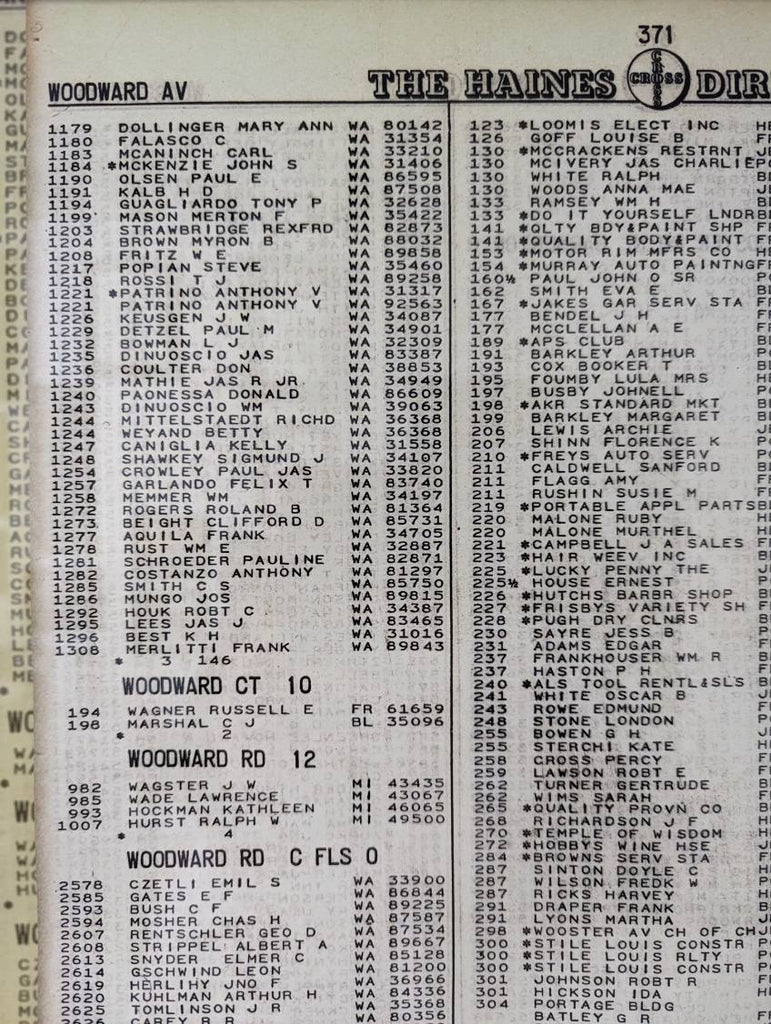
The "Displaced" series poignantly features images derived from the 1959 Haines Akron Street Directory. These images offer glimpses into the vibrant community that once thrived where the now partially deserted Akron Innerbelt looms. Alongside these, two stark images depicting the current dilapidated state of the Innerbelt bring to life the poignant contrast between the past and present, serving as a visual reminder of the city's disrupted past.
Each print in this series is more than a reproduction; it is a conduit through which the stories of those displaced by the Innerbelt can resonate throughout our community. It continues an important conversation about our past.
The Innerbelt narrative echoes the multifaceted and frequently contentious stories of racial divide that have shaped much of America's history. These stories combine triumph and tragedy, prosperity and pain. Among these complex tales, one chapter stands out distinctly - the story of the Innerbelt Freeway project. Initiated amidst promises of progress and development, this venture sadly resulted in lasting social wounds. The construction of the highway razed a thriving, primarily African American community, displacing hundreds of families and businesses, and leaving a lingering scar on Akron's social landscape, a testament to an era and place that time has not managed to heal entirely.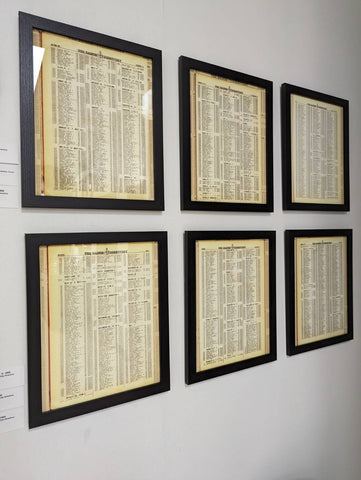 .
. 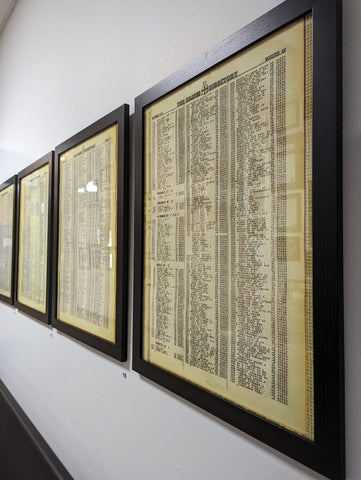
The Innerbelt Freeway: A Ghost Highway
Born from the mid-century wave of urban renewal, the Innerbelt Freeway was conceived as a beacon of progress. It was to be a path to economic prosperity, a streamlining solution for the city's traffic.
Akron officials examine a scale model of the proposed Innerbelt in the 1960s - Photo Credit: Akron Beacon Journal
The reality, however, was far from the vision. Nearly 3,000 households, most of them African American, were uprooted, their homes and businesses bulldozed to make way for the Innerbelt. The freeway tore through the heart of tight-knit communities, replacing the rich cultural fabric of Akron with cold, unfeeling concrete.
Two of the many losses that suffer as a result of this failed city planning were Calhoun Records, a landmark in American jazz history, and the Matthews Hotel, listed as a 'Green Book' establishment, one of only three black-friendly hotels in Akron. These were more than just buildings; they were crucial threads in the fabric of the community, torn away to make room for an underused highway.
And the promised prosperity? It never materialized. The freeway, instead of a symbol of progress, morphed into a stark reminder of misguided planning and unfulfilled promises.
History Preserved: The Power of Giclée Prints
Giclée prints do more than reproduce art; they help preserve history. Every print carries with it a story, an experience, a piece of our collective past.
As we navigate the complexities of the present and look to the possibilities of the future, these prints serve as reminders of our past – our triumphs and tragedies, our missteps and lessons. They help us remember where we come from and inform where we're going.
Today, as Akron contemplates the future of the Innerbelt area, proposals range from creating green spaces to constructing housing and commercial spaces. The Innerbelt National Forest, a temporary park, already stands as a testament to nature's power to reclaim space.
Yet, it's essential that as we look forward, we don't forget the past. The Innerbelt story stands as a warning of the consequences of progress without consideration for community and culture.
Through my giclée print business, I am committed to keeping these stories alive. Each print serves as a bridge to the past, a reminder of the lessons learned and the progress made. We are, after all, the sum of our history. And with each giclée print, we ensure that history is not lost but carried forward, informing and shaping our shared journey into the future.
If you're interested in viewing the "Displaced" series, this awe-inspiring project is on display at Summit Artspace. Plan a visit and have the opportunity to appreciate the exhibit in all its detail or connect personally with Susan Yingling. A key resource throughout this project has been Summit Memory. Please check them out to understand and learn more about our community's history. If you want to dive deeper into this story, please check out this great article from Cleveland Scene.
Should you possess a significant piece of history - a photograph or a document you would love to preserve, please do not hesitate to contact us. Our proficiency in giclée printing could be instrumental in preserving these key moments and pieces of history.
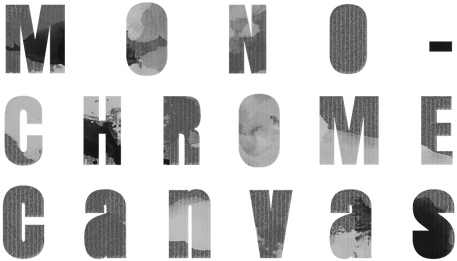
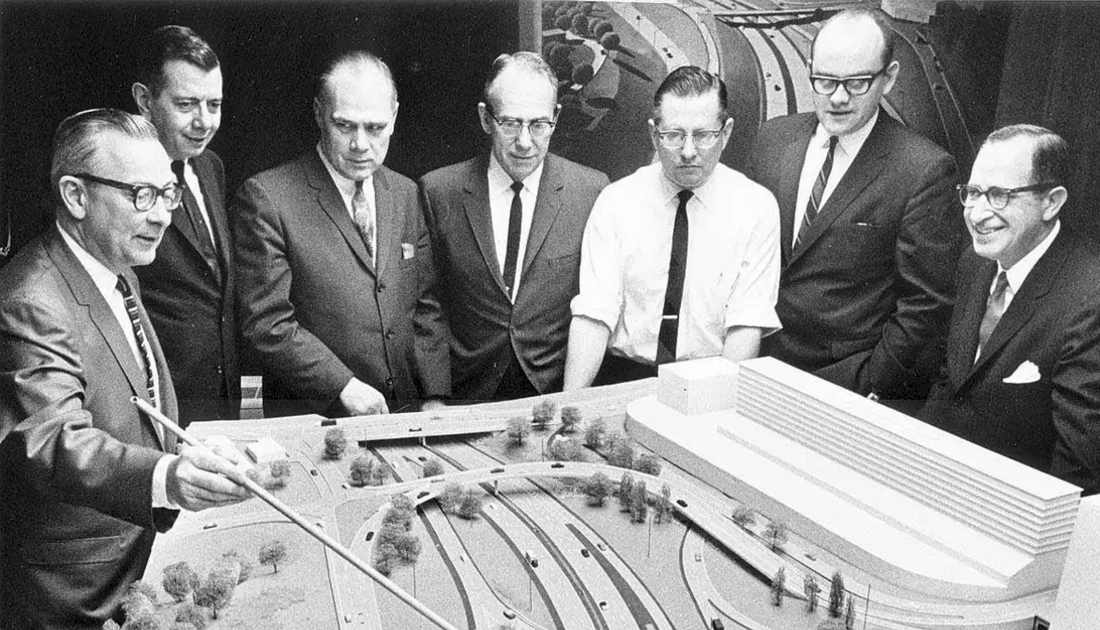
1 comment
I am SO glad I found you! I’ve been looking for a place like this closer than Cleveland. And I’m over the moon and fascinated with Akron’s history and love your passion for telling the stories of those in that community.